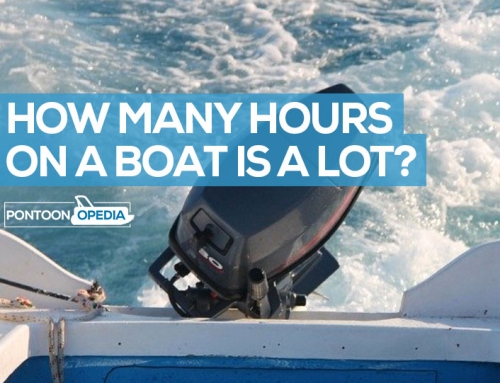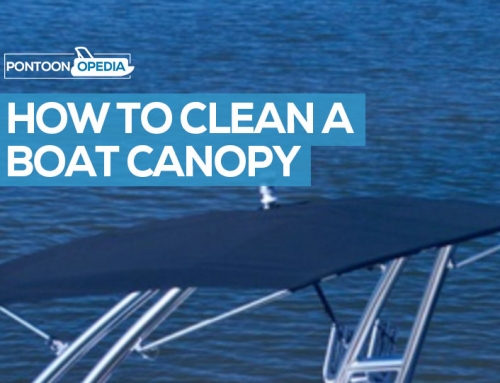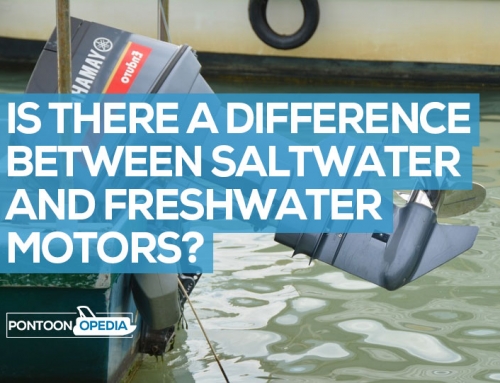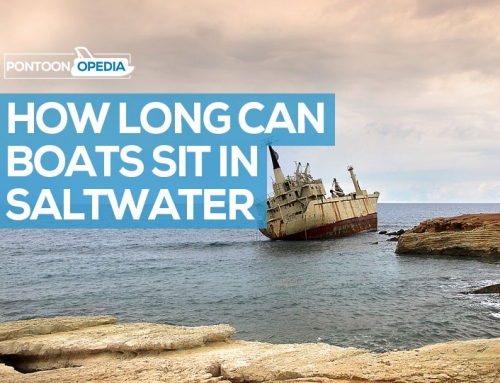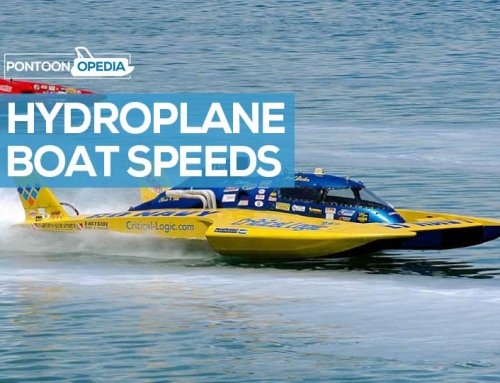The way in which Pontoon boats float derives from one of the most primitive and earliest methods of boating. Primitive log rafts which were made from wood logs and vines being lashed together date back as far as 800,000 years ago.
In fact, the word for catamarans (which are very similar to pontoons in design) comes from the ancient Tamil word “kattumaram” which translates as tied wood.
In more modern times the pontoon structure has become far more stable, with an effective floating design that’s ideal for use on lakes and rivers.
But How do Pontoon Boats Float Exactly?
It’s all due to the pontoons which are the tubes underneath.
These pontoons contain a lot of reserve buoyancy, which means the designers of pontoon boats have great scope for large deck plans with huge options for weight and layouts.
The forces involved include three key considerations:
- Buoyancy
- Displacement
- Volume
With a stable boat, the displacement and buoyancy forces will be equal, and you will remain floating.
But how do you know your pontoon boat is going to float and not capsize?
Simple.
The design of pontoon boats means that when travelling over water and waves, the majority of the weight can be transferred over to one of the pontoons.
Now this in theory should lead to a capsize, but the individual pontoons are built so that they can support the entire weight of the boat when this happens.
If the pontoons can’t individually support the weight of the entire boat including passengers and load, then you could get into trouble.
That’s why it’s so important that you understand how much weight your own pontoon boat can carry safely without any risks if you want to stay afloat.
What I’ve done is put together a pontoon boat weight calculator.
It shows you a very simple calculation you can use to make sure you don’t overload your pontoon and stay safe when out on the lake, especially if you encounter choppy or rough water.


